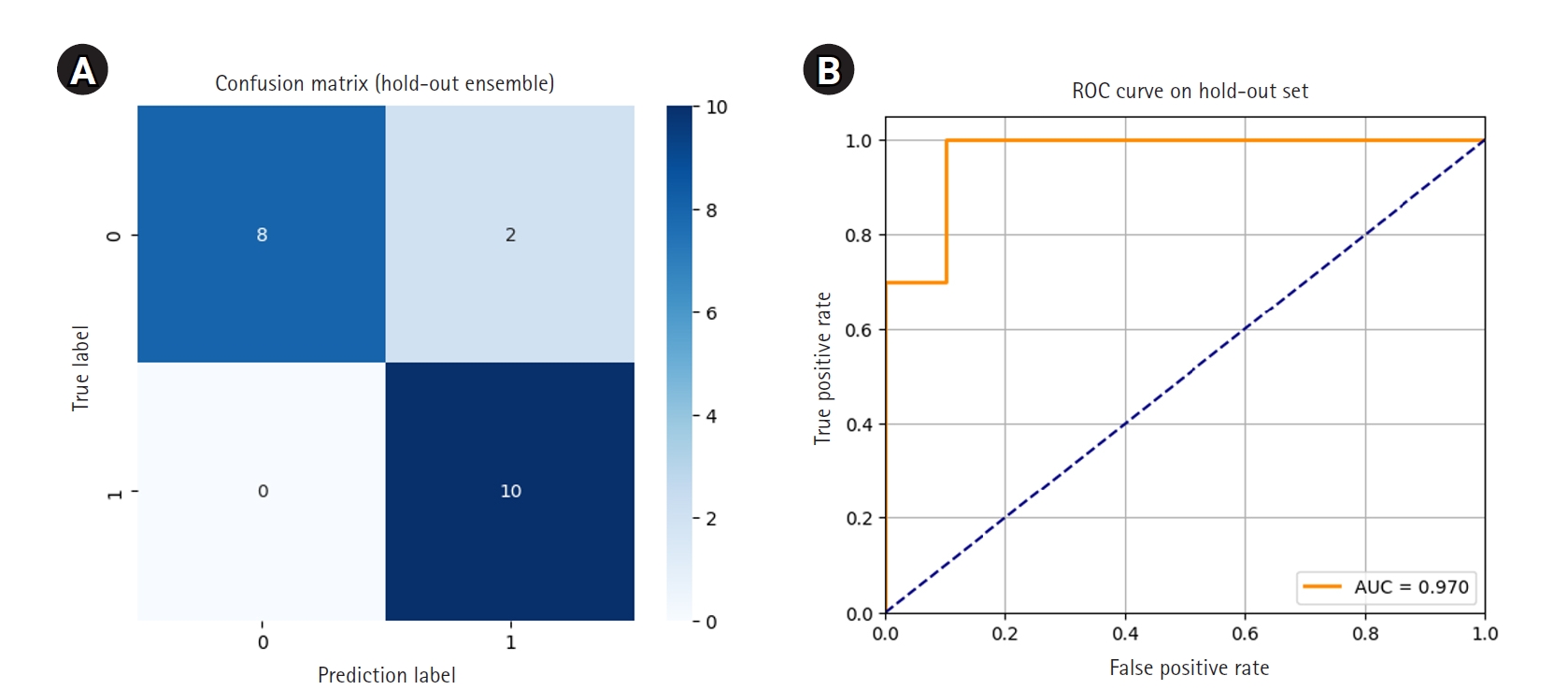
 , Sohyun Ahn
, Sohyun Ahn , Ji Yeon Byun
, Ji Yeon Byun
Citations

 , Ji Seok Kim
, Ji Seok Kim , Jee Young Kim
, Jee Young Kim , Sun Namkoong
, Sun Namkoong , Seung Phil Hong
, Seung Phil Hong , Myung Hwa Kim
, Myung Hwa Kim , Byung Cheol Park
, Byung Cheol Park
Temporal triangular alopecia is a triangular or oval shaped non-scarring alopecia, occurring on the temporal side of a scalp. Although surgical excision or hair transplantation has been known to be an effective therapy for this condition, so far only a few case reports have proved their usefulness. A 27-year-old male patient presented with a history of congenital hair loss affecting left frontotemporal area which persisted after simple excision done 10 years ago. We transplanted 270 follicular units into the alopecic patch using follicular unit hair transplantation method. About 75% of alopecic patch was covered with newly grown hairs 15 months after hair transplantation and the patient was satisfied with the result. Herein, we report a case of temporal triangular alopecia which underwent both simple excision and hair transplantation, which provides information about the benefit and loss for each procedure.

